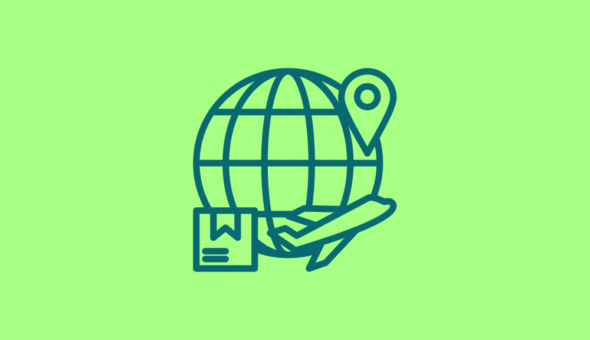Professor James Copestake is Professor of International Development, Director of the Centre for Development Studies, and Director of Studies for the IPR’s Professional Doctorate in Policy Research and Practice at the University of Bath.
While attention is focused on Brexit, is the UK’s role in the field of international development also being quietly but radically redefined? The headline figures suggest some continuity. The commitment to allocating 0.7% of gross national income (GNI) to Official Development Assistance (ODA) was made under Labour and subsequent governments have held to it, despite ODA budget increases (from £7.4 billion in 2005 to £13.6 billion in 2017) coinciding with heavy cuts in other areas of public expenditure. There has also been continuity in the shift towards outsourcing management of UK ODA, leaving government more in the role of aid commissioner than direct provider of aid services.
Looking more closely however, there are indications of a more radical change. The 2002 International Development Act granted the Department for International Development (DFID) an unambiguous mandate to prioritise poverty elimination. This aligns DFID strongly with Target 1.1 of the Sustainable Development Goals: to eliminate extreme poverty by 2030. (Extreme poverty being, for this purpose, very narrowly defined as US$1.9 per day at 2011 PPP prices). But to what extent is the growing UK ODA budget still so single-mindedly lined up behind the moral imperative to leave no-one behind?
Projections of global extreme poverty for 2030 range from 250-500 million, compared with an estimated incidence in 2013 of 783 million (see recent reports from Development Initiatives, ODI and the World Bank, for example). Such estimates are of course riven with uncertainty, over the effects of festering conflicts, fluctuating economic performance, climate change, and fluctuations in private financial flows that are far larger than ODA. However they also hinge critically on whether governments of the world’s most fragile countries are able to allocate sufficient funds for providing basic health, education and social protection services. This in turn depends heavily on how single-mindedly ODA is targeted towards helping them fill the gap where domestic revenue is insufficient. As we approach 2030, this will entail increasingly concentrating ODA on thirty or so very poor countries, most of them in Africa.
To what extent is UK aid allocation responding to this moral imperative? Published government data for UK ODA for 2016 indicates that 70.2% of the total budget of £13,587 million was allocated to DFID, with a clear and strong global poverty elimination mandate. However while total ODA increased by £1,403 million throughout 2015, DFID’s share actually fell by £568 million. In contrast, there were large increases in ODA allocations to the Department of Business, Energy and Industrial Strategy (up £419 million), the Foreign and Commonwealth Office and National Security Council (up £575 million) and to the Home Office (up £226 million). This includes allocations to the Prosperity Fund; International Climate Fund; Global Research Challenge Fund; and the Conflict, Stability and Security Fund. This money may or may not be doing useful things - from supporting the BBC World Service, and asylum seekers in the UK, to fracking in China – and is consistent with government policy to ensure UK aid “tackles global challenges in the national interest”, but it may not be what the British public has in mind when they think about aid.
Non-DFID ODA contributions to the UK’s 0.7% target do still have to be consistent with the OECD definition of Development Assistance (…“promotion of economic development and welfare of developing countries as its main objective”…), and UK government efforts to change the DAC definition have to date made little headway. However they can support activities for a far broader range of countries (from Brazil to China) than the thirty or so least developed countries most at need. This is illustrated in the table below.

This table highlights the amount of UK ODA that was allocated to specific countries in 2012 and 2016 - itself a strikingly small proportion of overall UK ODA spending. The figures then reveal that DFID spending fell sharply from 86.6% to 73.8%, despite spending a much higher proportion of its money in low income, rather than middle income, developing countries. At the same time both DFID and non-DFID allocation to low income countries fell sharply with the result that overall they received only 53.5% of the total, compared to 62.7% just four years earlier. Though we don’t have data to confirm whether this trend has continued into 2017 and 2018; it is probable that less than half of country-specific bilateral aid from the UK now reaches the low income countries that need it most.
Eliminating extreme poverty globally by 2030 is not a particularly ambitious target, and it is one that DFID and the UK have done much to prioritise within the UN and international cooperation system. There are of course many other pressing global challenges, and these may also add to the case for maintaining the UK 0.7% aid target, but the figures presented here suggest that the UK government’s commitment to helping the poorest is eroding - an issue worthy of more discussion.
Respond




